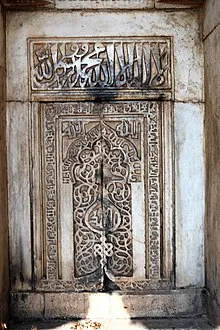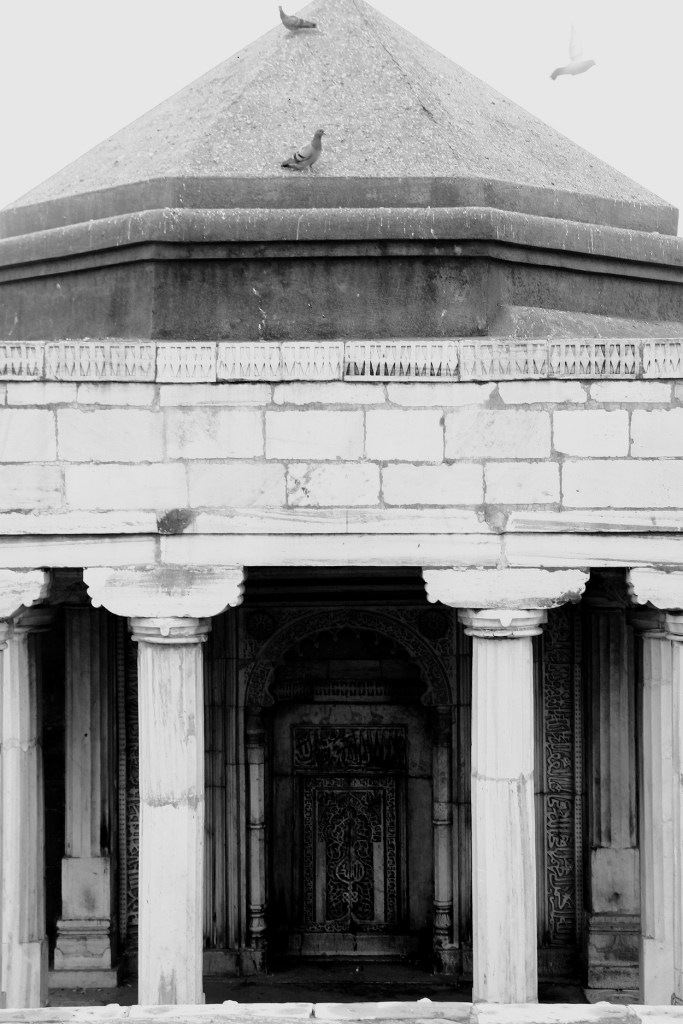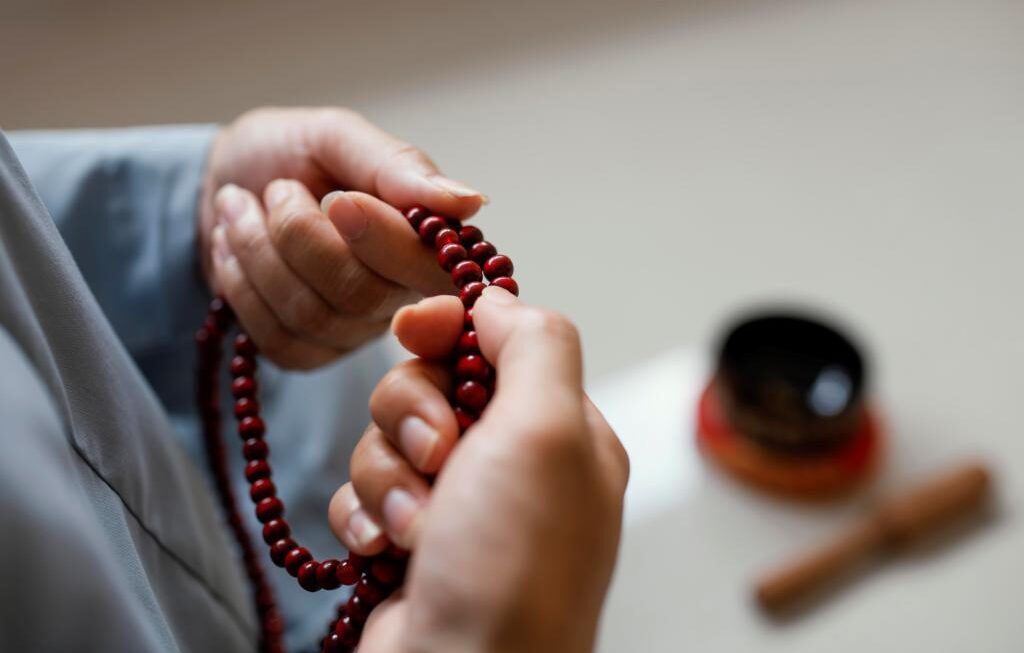Sultan Ghari: A Historical Monument Trapped In Time
Not far from one of Delhi’s most-visited monuments is one of India’s best-kept secrets. Almost 800 years old it is also oldest surviving Islamic tomb in India – The mausoleum of Nasir ud-din Mahmud brother of Razia Sultan and eldest son of Sultan Shams -ud-din Iltutmish (1167-1236 ). Sultan Ghari was built in 1231-1232, the only earlier royal mausoleum is of Qutub-ud-din Aibak’s tomb in Lahore.
Built in the form of a fort, this mausoleum is the only one, in India and (as gleaned from unconfirmed sources) in the world, (which houses’ a prince or a king) that does not have a tomb covering the burial chamber. A mausoleum is an external free-standing building constructed as a monument enclosing the interment space or burial chamber of a deceased person or people. A monument without the interment is a cenotaph. The word ‘mausoleum’ derives from the Mausoleum at Halicarnassus (near modern-day Bodrum in Turkey), the grave of King Masuolus, the Persian Strap of Caria, whose large tomb was one of the Seven Wonders of the Ancient World
The fort like Mausoleum
Sultan Ghari is located in an isolated area and is an octagonal structure sunk within a courtyard on a high square plinth, enclosed by stone walls with circular corner bastions. The octagonal platform set within the courtyard forms the roof of the subterranean crypt below, an arrangement not found again in India until the 17th century. The tomb is built on the site of a Hindu temple and incorporates Hindu masonry, including lintels and sculpted 7th-century panels.
The Sultan Ghari complex is a square, walled enclosure built of sandstone, which give
Viewed from inside and also from the entrance, even today, Sultan Ghari gives an impression of a fortalices than of a mausoleum. The bastions give an impression of guardhouses protecting the monument. Made of red sandstone, they still stand proudly, protecting their master.
The Mausoleum Of A Warrior or a Pir
No one knows how and when it happened but, over the centuries, Nasir-ud-din’s tomb accuired the status of a dargha and the locals believe it holds the remains of their Pir Baba. People of all faith go there on every Thursday to offer their prayers.
The Folklore
As the legend goes, the prince’s days might have been rough, but his nights were a “bed of roses”. Every night, he slept on a bed laid with rose petals. A slave girl was tasked with arranging the petals just so.
One day, they say, the girl succumbed to temptation and decided to see what it felt like to lie down on the said bed. The prince was sechduled to return late, so she climbed into the bed, which was so comfortable that she drifted off to sleep—only to be woken up by an angry prince five hours later.
Nasir-ud-din dragged her from the bed and ordered her to be flogged. While under the lash, the girl laughed hysterically. The more she was flogged, the more she laughed. An irate prince commanded that she be whipped harder, but it did nothing to halt her mirth.
Finally, completely bewildered, Nasir-ud-din put a stop to it and asked her what exactly it was that she found quite so funny.
The girl brazenly replied that if sleeping on his bed for a mere five hours could leave her feeling so vulnerable, how much weaker it must leave him, who slept on it all his life!
The baffled prince stood silent. For a man known as Malik-us-Sharq (king of the east), acknowledged for bravery and grit, to be called a weakling was outrageous.
She then told him, “You will never be a king of the land but will be the king of souls.”
Her prophecy eventually came true—today, centuries later, largely unaware of this story, the locals from Sultanpur, Rangpur, Masoodpur and Mahipalpur in South West Delhi, visit to offer prayers and address him as Pir Baba.
The chamber where Nasir-ud-din and two other unnamed tombs lay is a sight of deep devotion and is steeped in the aroma of incense, oil lamps and candle wax. The floor is covered in flowers, oil, turmeric and other ritual offerings. Such is the aura of the place that one can hear the prayers of the faithful.
Every day with the sunset, this monument in the posh locality of Vasant Kunj in South West Delhi yearns for the attention it deserves. Not only is it a resting place of a great warrior of huge importance in Indian History but also it happens to be the first known Islamic tomb built in India. In the world map (Some Historians believe) is the only Mausoleum of a Prince without a tomb covering the burial chamber. The prince who died young still waits for his moment of glory.
-By Narendra Tripathi
trips67@gmail.com
Source: http://www.monumentaltrail.com

Author’s bio
A corporate Chief Operating Officer. An economist turned historian. Passionate Photographer of monuments.Researcher, Blogger and Traveller. Always on a lookout for forgotten and lesser-known monuments. The stories attached to each monument is the theme of my Blog.











Undoubtedly a wonderful written piece! Weve book marked it and mailed it out to pretty much all of my close friends simply because I know they are going to fascinated, thank you very much!